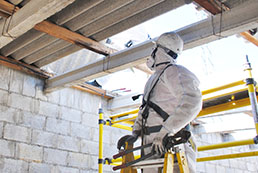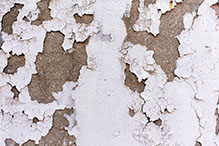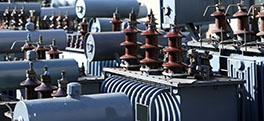The common property owner should be aware that hazardous materials are released into the air during a demolition project.
But sometimes, these hazardous materials aren’t talked about as often as we think they should be. So, let the demolition specialists give you a heads-up on all the hazardous materials that are exposed throughout the process. Because when it comes to demolition safety, it’s better to be on top of things before it’s too late.
Demolition requirements are important to know before we the project begins--identify which hazardous building materials will be exposed early-on, before the first wall gets knocked down. Besides creating a dangerous environment for anyone working that demolition site, when hazardous materials are exposed, it leads to contamination of the building, project delays, and even violations. Hazardous materials include; asbestos, lead, mercury, polychlorinated biphenyls (PCB), chlorofluorocarbons, and radioactive sources, and can be found in any building that’s in any condition.
Asbestos
Before any demolition work is done, asbestos needs to be removed from the structure. Some uses of asbestos have been banned from the U.S., however it’s common to find asbestos used in roofing, coating, and plastic materials. For safe removal of asbestos released in proximity to the structure, you’ll need to bring in specialty contractors with the proper training, equipment, and exposure monitoring experience.
Lead
When it comes to older structures, lead-based coatings are a common hazard. Even from basic renovation or demolition activities, lead dust and debris left behind can be harmful. To protect against the risk of lead debris, any structure built before 1978 needs to be certified and follow specific lead-safe practices, requiring contractors to follow specific guidelines to prevent lead exposure and contamination.
Mercury
Mercury is most commonly found in old batteries, lighting fixtures, and HVAC systems, and is considered hazardous waste—even a single spill of exposed mercury is grounds for federal reporting.
Polychlorinated Biphenyls
Polychlorinated biphenyls--or PCBs, are a mixture of synthetic organic, non-flammable chemicals that are commonly used in electrical, heat transfer, and hydraulic equipment; found in paint, plastics, and rubbers. Certain uses of PCBs have been banned for decades. However, PCBs may still be present in older units like transformers and capacitors, causing the risk of contaminating the air.
When it comes to exposed, hazardous materials released into the atmosphere during a demolition project, the professionals at Sanford & Son Hauling and Demolition make sure the process runs smooth and safe. There are always going to be challenges when it comes to demolition work, but the important part is that property owners and homeowners are aware of the risks involved.
So let the demolition specialists take care of all the hazardous materials that are exposed during the demolition process. Because when it comes to demolition safety, it’s better to be on top of things before it’s too late.
For more information about our demolition process or our Baltimore hauling services, click here.



